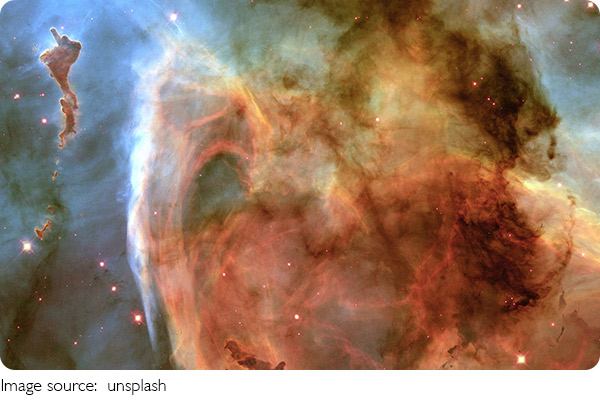Light’s Dual Nature

We live in a world illuminated by light, yet its true nature remains one of science's most fascinating puzzles. Light behaves both like a wave and a particle—a concept known as wave-particle duality.
At the same time, light travels at a universal speed limit, shaping how we understand space and time. Together, these properties reveal deep truths about the universe and challenge our everyday intuition.
What Is Wave-Particle Duality?
Wave-particle duality means that light exhibits properties of both waves and particles depending on how we observe it. Classical physics once treated waves and particles as completely separate. Waves spread out and interfere, while particles are localized and discrete. But experiments show light can do both.
For example, light creates interference patterns like waves when passing through narrow slits, yet it also arrives in discrete packets called photons, confirming its particle nature. This duality was first suggested by Einstein's explanation of the photoelectric effect in 1905 and later confirmed by many experiments25.
How We Observe Light's Dual Nature
The famous double-slit experiment illustrates wave-particle duality vividly. When light passes through two slits, it forms an interference pattern on a screen, a hallmark of waves. However, when observed closely, light arrives as individual photons, tiny packets of energy.
Recent research using advanced techniques has directly captured light's wave and particle behaviors simultaneously, deepening our understanding of this quantum mystery1. This shows that the way we measure light influences whether we see its wave or particle nature.
The Speed of Light: Nature's Speed Limit
Light travels at approximately 299,792 kilometers per second in a vacuum, the fastest speed possible in the universe. This speed limit is fundamental to Einstein's theory of relativity, which reshaped physics by linking space and time into a single fabric called spacetime.
Nothing with mass can reach or exceed this speed, and as objects move closer to light speed, time slows down for them relative to others. This phenomenon, known as time dilation, has been experimentally confirmed and affects technologies like GPS4.

Why the Speed of Light Matters
The constancy of light speed means that all observers, no matter their motion, measure the same speed of light. This leads to surprising effects like length contraction and time dilation, which defy everyday experience but are essential for understanding the universe's structure.
Moreover, the speed of light limits how fast information and signals can travel, setting the ultimate pace for cause and effect in nature.
How Wave-Particle Duality and Light Speed Connect
Interestingly, the wave-particle duality and the speed of light are deeply linked. Both are rooted in the quantum nature of reality and the structure of spacetime. Some theories suggest these phenomena share a common origin, reflecting fundamental principles that govern the microscopic and cosmic scales4.
Together, they challenge classical ideas and open doors to new physics, including quantum computing and advanced communication technologies.
What Do You Think About Light's Mysteries?
We've journeyed through the strange and wonderful properties of light—from its dual wave-particle nature to its role as the universe's speed limit. How do these ideas change your view of the world? What questions about light and physics intrigue you most? Share your thoughts and let's explore together!


